Yu Oishi
Achieving Explainability for Plant Disease Classification with Disentangled Variational Autoencoders
Feb 08, 2021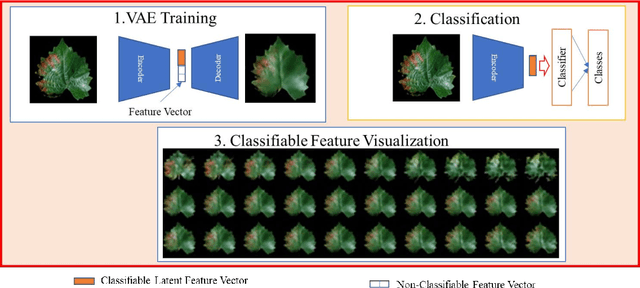
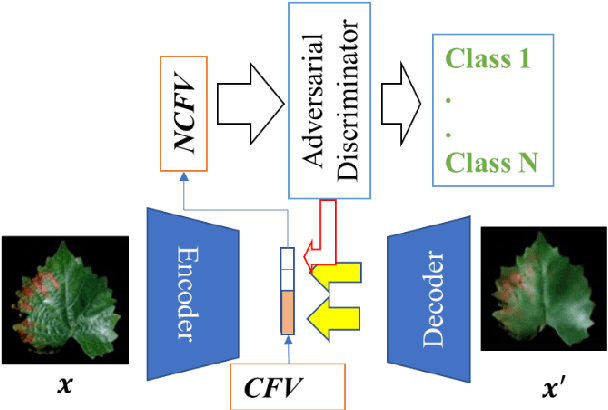


Abstract:Agricultural image recognition tasks are becoming increasingly dependent on deep learning (DL). Despite its excellent performance, it is difficult to comprehend what type of logic or features DL uses in its decision making. This has become a roadblock for the implementation and development of DL-based image recognition methods because knowing the logic or features used in decision making, such as in a classification task, is very important for verification, algorithm improvement, training data improvement, knowledge extraction, etc. To mitigate such problems, we developed a classification method based on a variational autoencoder architecture that can show not only the location of the most important features but also what variations of that particular feature are used. Using the PlantVillage dataset, we achieved an acceptable level of explainability without sacrificing the accuracy of the classification. Although the proposed method was tested for disease diagnosis in some crops, the method can be extended to other crops as well as other image classification tasks. In the future, we hope to use this explainable artificial intelligence algorithm in disease identification tasks, such as the identification of potato blackleg disease and potato virus Y (PVY), and other image classification tasks.
Hyperspectral Image Dataset for Benchmarking on Salient Object Detection
Jul 02, 2018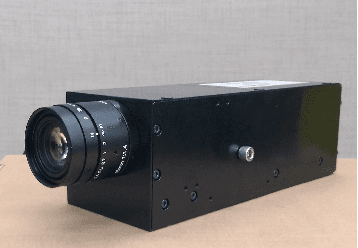
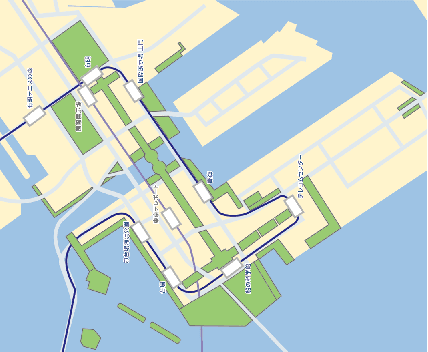
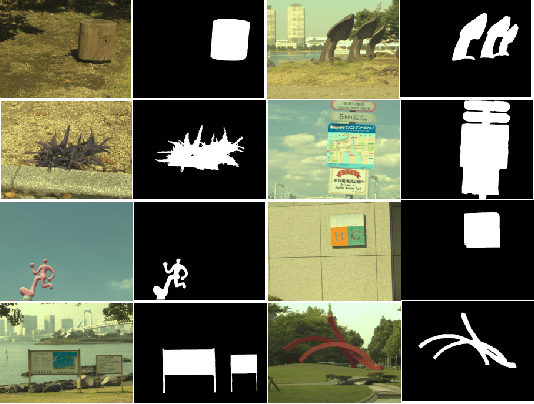

Abstract:Many works have been done on salient object detection using supervised or unsupervised approaches on colour images. Recently, a few studies demonstrated that efficient salient object detection can also be implemented by using spectral features in visible spectrum of hyperspectral images from natural scenes. However, these models on hyperspectral salient object detection were tested with a very few number of data selected from various online public dataset, which are not specifically created for object detection purposes. Therefore, here, we aim to contribute to the field by releasing a hyperspectral salient object detection dataset with a collection of 60 hyperspectral images with their respective ground-truth binary images and representative rendered colour images (sRGB). We took several aspects in consideration during the data collection such as variation in object size, number of objects, foreground-background contrast, object position on the image, and etc. Then, we prepared ground truth binary images for each hyperspectral data, where salient objects are labelled on the images. Finally, we did performance evaluation using Area Under Curve (AUC) metric on some existing hyperspectral saliency detection models in literature.
 Add to Chrome
Add to Chrome Add to Firefox
Add to Firefox Add to Edge
Add to Edge